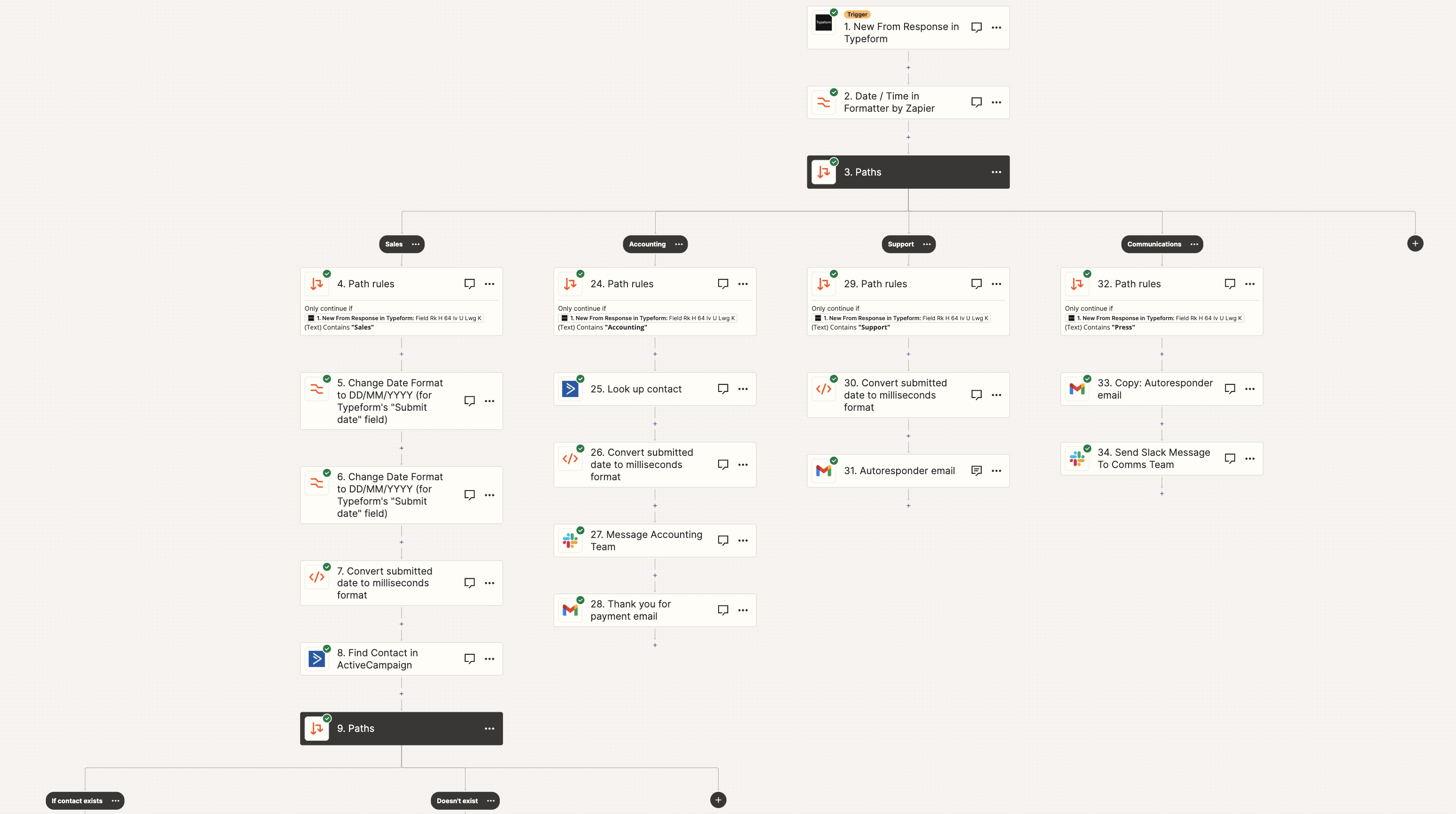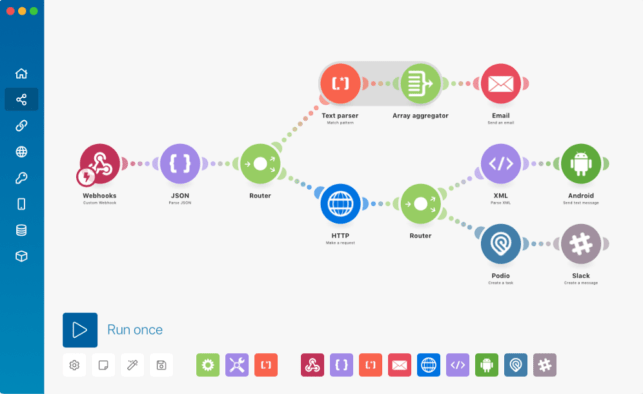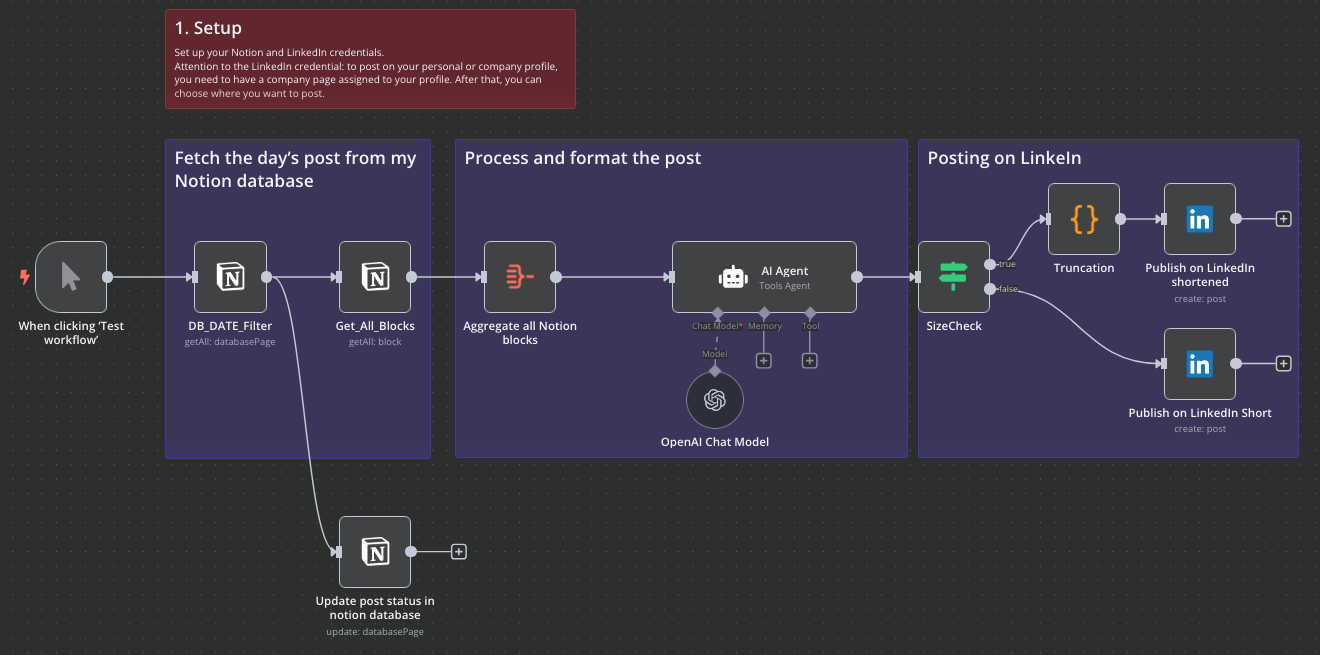The Power of Low-Code Automation: Streamlining Business Processes With Zapier, Make, and N8n
Automation has become a game-changer for businesses looking to optimize workflows, reduce manual work, and enhance efficiency. Traditionally, automation required extensive coding knowledge and technical expertise. However, with the rise of low-code and no-code platforms like Zapier, Make and n8n, businesses can now build sophisticated automated workflows without writing a single line of code.
Why Low-Code/No-Code Automation Matters
Low-code automation tools enable businesses to connect different applications, streamline repetitive tasks, and improve operational efficiency. Instead of manually handling lead nurturing, data transfers, or task assignments, these tools allow users to create workflows (often called “scenarios” or “zaps”) that execute automatically based on predefined triggers and actions.
For instance, instead of manually following up with leads, a business can use Make.com to integrate their CRM with ChatGPT and automate personalized SMS conversations—ensuring timely responses and engagement with potential customers.
Exploring the Top Workflow Automation Tools
Zapier – The Market Leader in No-Code Automation

Zapier is one of the most well-known automation platforms, supporting thousands of integrations with popular apps like Gmail, Slack, Trello, and HubSpot. With its easy drag-and-drop interface, businesses can quickly set up workflows without needing technical skills. Zapier is ideal for automating simple tasks like sending email notifications, updating spreadsheets, or creating tasks in project management tools.
Make – A Powerful Visual Workflow Builder

Make.com offers a more flexible and visually intuitive approach to automation. Unlike Zapier, which focuses on a simple step-by-step logic, Make allows users to build complex, multi-step workflows with advanced conditions and data manipulation. This makes it a great choice for businesses that need deeper automation capabilities, such as interacting with AI models (like OpenAI) for lead qualification, processing data from multiple sources, or automating SMS responses for sales and marketing teams.
n8n – The Open-Source Alternative for Full Control**

For businesses that require greater control and flexibility, n8n is an excellent open-source alternative. Unlike Zapier and Make, n8n can be self-hosted, ensuring complete data privacy and customization. It provides powerful workflow automation with a developer-friendly approach, allowing businesses to integrate internal and external systems securely. While it has a steeper learning curve, it’s a cost-effective solution for businesses that want to maintain ownership of their automation infrastructure.
Real-World Application: Automating Lead Engagement with Make.com
One of the most valuable use cases for automation is lead management. Imagine a business that wants to engage leads via SMS without requiring a sales representative to manually respond to each inquiry. Using Make.com, the business can:
- Connect their CRM to Make.com to track new leads.
- Trigger an automated SMS message via Twilio or another messaging service.
- Use OpenAI to generate personalized responses based on the prospect’s inquiries.
- Collect and analyze data to refine future interactions.
This automation ensures that prospects receive instant responses, improving engagement rates while allowing sales teams to focus on high-priority leads.
The Future of Low-Code/No-Code Automation
As AI continues to evolve, the potential for low-code automation will only grow. Businesses that embrace these tools can scale faster, reduce costs, and improve customer experiences. Whether you’re looking to streamline marketing, sales, operations, or customer support, platforms like Zapier, Make, and n8n provide an accessible and powerful way to integrate and automate workflows.
What’s truly disruptive about these tools is how they democratize access to complex automation. Traditionally, businesses needed developers to write scripts and cron jobs for automation. But now, AI-powered low-code platforms allow non-programmers to orchestrate sophisticated workflows visually. In five years, writing custom scripts alone may not be enough—workflow tools will enable businesses to grasp larger ecosystems, integrate AI-driven decision-making, and create smart, adaptive automation that scales effortlessly.
By leveraging automation, businesses can shift their focus from repetitive tasks to strategic growth, ensuring long-term success in an increasingly digital world.